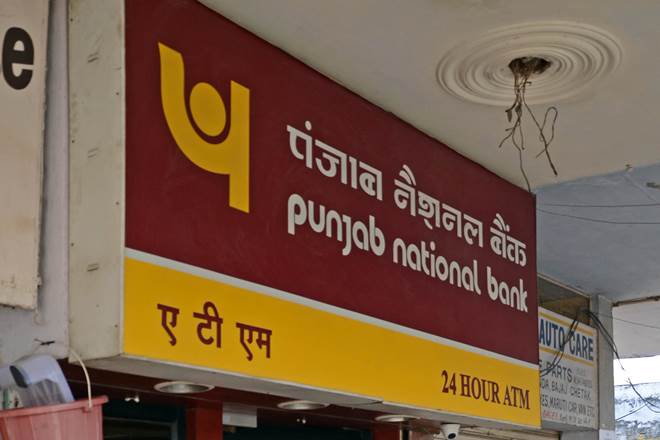PNB raised Rs 50 bn of capital and sold its stake in PNB Housing (Rs 13 bn) aggregating to 1.4% CET 1. Together with ~60 bps of unrealised gains from the bond book provides reasonable elbow room under IndAS. Total stress has plateaued though IBC referrals should keep provision costs elevated near term. PT unchanged at Rs 190; maintain Hold. Stressed assets steady: Net stressed assets were marginally lower but remain elevated at 14.1% of loans. Majority of the stress comes from corporate loans (70%+). The top 10 NPLs account for 25% of the total NPLs. Against management guidance of Rs 170 bn of fresh slippages in FY18, there were Rs 95.4 bn of fresh slippages in H1FY18. Actual/ potential IBC exposure is Rs 175 bn (30% of current gross NPLs). Capital buffer: PNB has raised Rs 50 bn in fresh capital diluting equity by 14%. It has also sold its stake in PNB Housing raising Rs 13 bn. Both aggregate to 1.4% additional CET 1. Provision coverage to improve: Under IBC referrals, the incremental provision requirement is Rs 9.4 bn (Rs 2.2 bn in list #1 and Rs 7.3 bn in list #2). The additional capital should help the coverage ratio improve going forward from the current level of 40%.
Unrealised bond book gains: PNB is carrying ~60 bps of additional capital gains from its overall bond book, largely accruing in the Held to Maturity (HTM) book. This will provide additional elbow room under IndAS norms opening balance adjustments. NIM to improve: PNB lost 130 bps in unaccrued interest in H1FY18. We don’t expect all of this to reverse. But, with IBC or other resolutions coming through, some reversal could happen, especially in cases under SDR and S4A.
Core PPOP gains: Growth should start to improve from Q3FY18 with an uptick in corporate loans especially in the MSME segment. Along with better NIM, we expect core PPOP to average a 22% CAGR over FY18-20e.
Change in estimates: The recent capital infusion and PNBH stake sale result in a 9% and 38% improvement in adj. BVPS and EPS for FY18e respectively. We forecast RoA/RoE to inch up to 0.7%/11.6%, respectively by FY20e.
Valuation: PNB trades at 1.3x book (Dec’17) and 8.1x EPS (12m to Dec’18e) v/s 10-year average of 2.1x and 5.6x, respectively. We value PNB at 0.9x adj. BV (Dec’18e) and 5.6x EPS (12m to Dec’19e), adding Rs 33 to reflect value accruing from PNB Housing.
Risks: Downside—weak growth, higher credit costs. Upside—lower NPLs, faster recoveries, higher loan growth.


